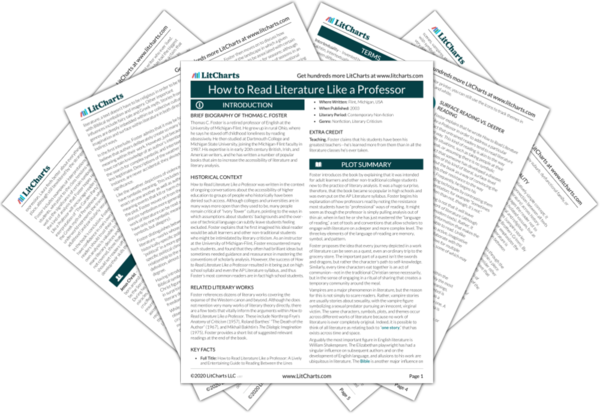Foster explains that one of his favorite jokes in the classroom comes in the form of pointing out how quickly Hector’s charioteers are killed in
The Iliad. This is the problem of surrogacy, or the fact that characters close to the hero/main character are likely to be killed because the main character won’t be. In
The Iliad, Patroclus is Achilles’ best friend since boyhood—they even grew up together like brothers. One day, Patroclus wears Achilles’ armor in battle and is literally killed as Achilles’ surrogate. Rather than protecting him, Patroclus’ proximity and resemblance to Achilles put him in even greater danger.
